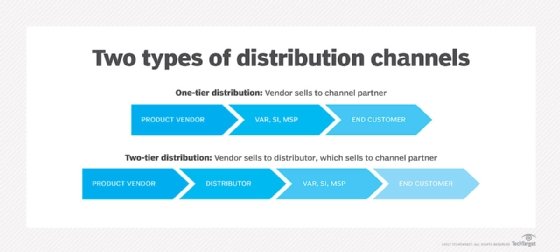tier 1 vendor
What is a tier 1 vendor?
A tier 1 vendor is a large and well-known vendor, often enjoying national or international recognition and acceptance. Tier 1 vendors may be both manufacturers and value-added resellers (VAR).
For example, Cisco is regarded as a tier 1 vendor in storage area network (SAN) switching equipment and related technical certifications. A tier 1 vendor may also be a "preferred" vendor that provides products and services to you at appealing prices or other favorable terms.

What is the supply chain pyramid?
There are different levels or tiers to every industry's supply chain.
Let's take the example of the automotive industry. Here, the original equipment manufacturer (OEM) is at the top of the supply chain pyramid. A tier 1 vendor is a company that is a direct supplier for an OEM.
The tier 1 vendor will supply independent parts in the automotive sector, such as motors, car seats, brakes, etc. On the other hand, a tier 2 vendor will work as a subcontractor for the tier 1 vendor, and the tier 3 vendor will work as a subcontractor for the tier 2 vendor.
Similar supply chains exist across sectors, including healthcare, the agricultural industry and IT.
The benefits of multiple tiers in the supply chain
A supply chain with different tiers promotes efficiency in operations. This allows the companies to specialize in one area and perform that function perfectly.
Each company will find this easier to execute than developing everything in the product line, from the raw materials to the end product.
Contrast this to the lack of an organized supply chain in the aerospace industry. One company will manufacture everything, starting from the steel to the final product (i.e., the airplane).
This will drastically increase the manufacturing time and increase the complexity of operations.

The challenges of a multi-tier supply chain
A multi-tier supply chain has many benefits. However, introducing so many intermediaries does have its problems.
Let's say that the automotive manufacturer procures car seats from a tier 1 vendor. Similarly, the tier 1 vendor will have to procure independent components to make the car seat from a tier 2 vendor.
Therefore, the final product is dependent on the procurement of different materials across the supply chain.
A tier 1 supplier may not deliver the car seat in time due to a disruption at the second tier. This would lead to an inability to manufacture the final product. This dependency and lack of flexibility are the most significant disadvantages of a multi-tier supply chain.
See also: Why IoT is dramatically disrupting aerospace and automotive and Manufacturers turn to servitization for competitive advantage. Explore process manufacturing, lean manufacturing, smart manufacturing, virtual manufacturing, manufacturing process management, manufacturing execution system, and learn about supply chain management, supply chain sustainability, supply chain transformation, supply chain visibility, supply chain sustainability and supply chain analytics.







